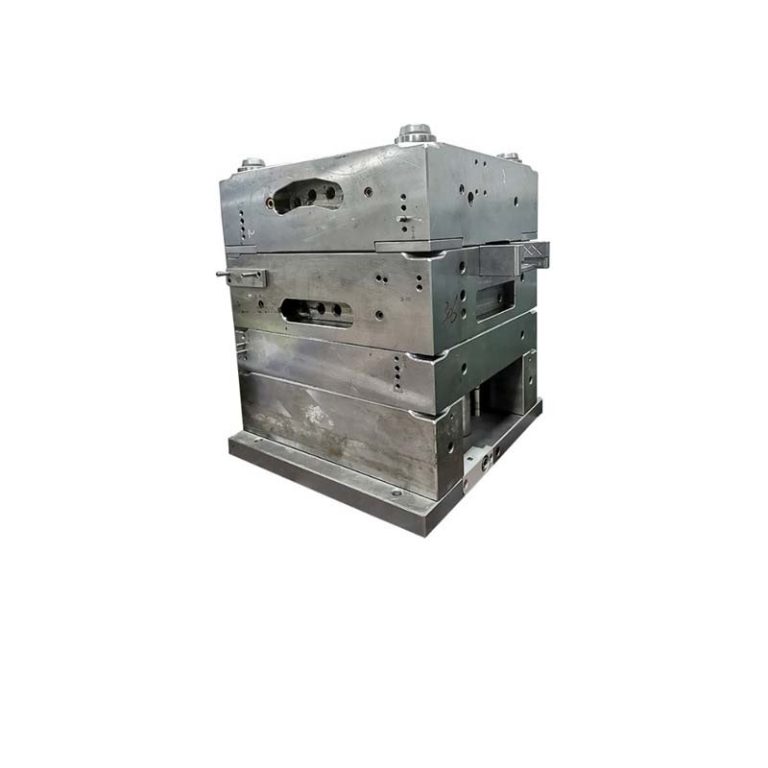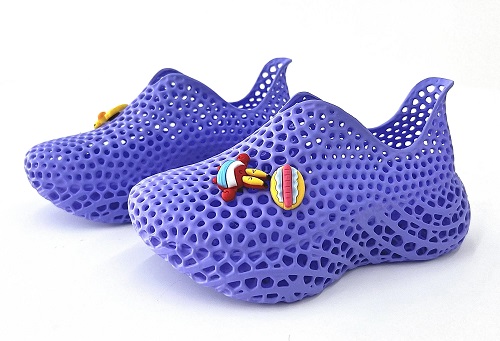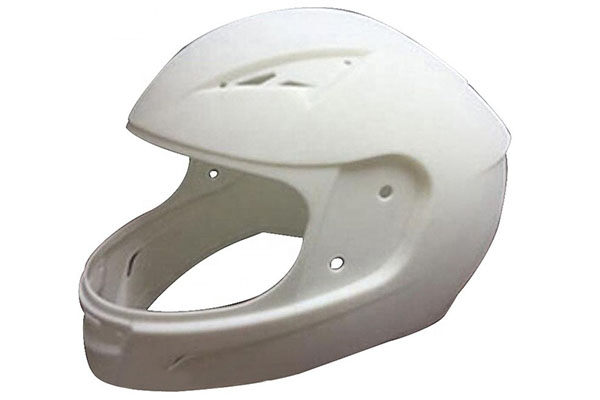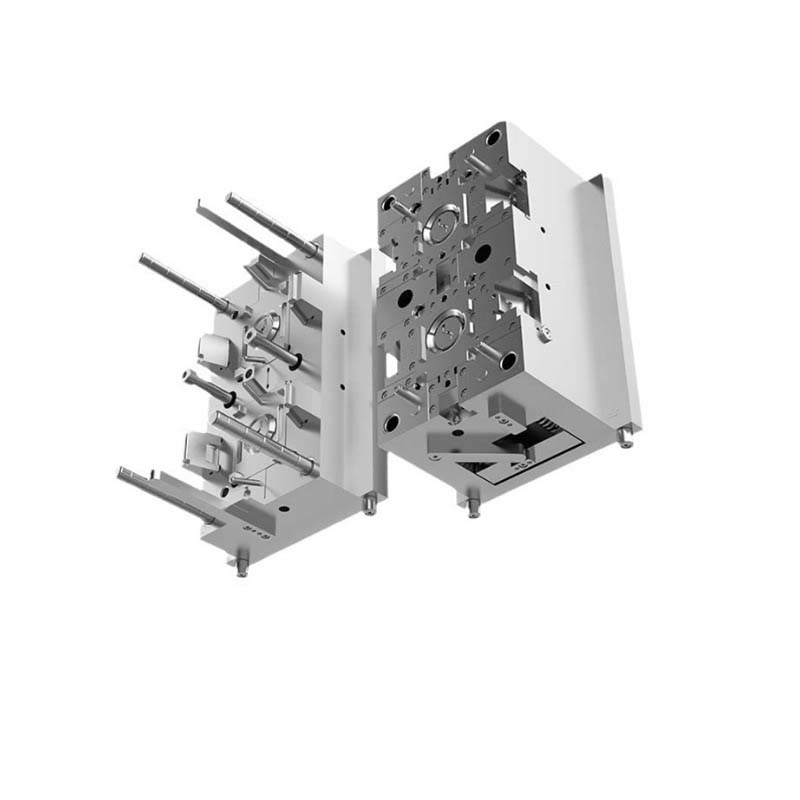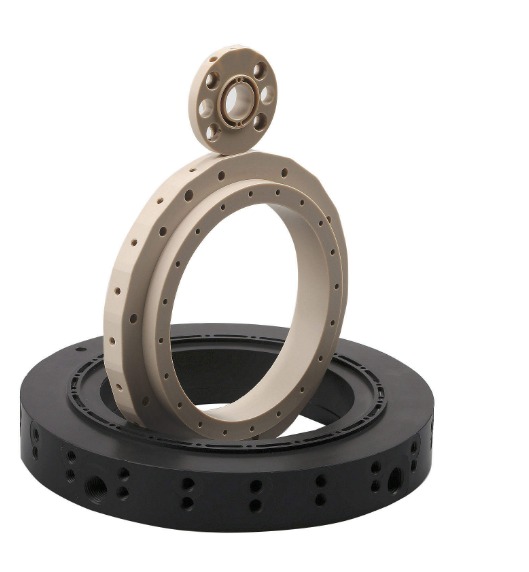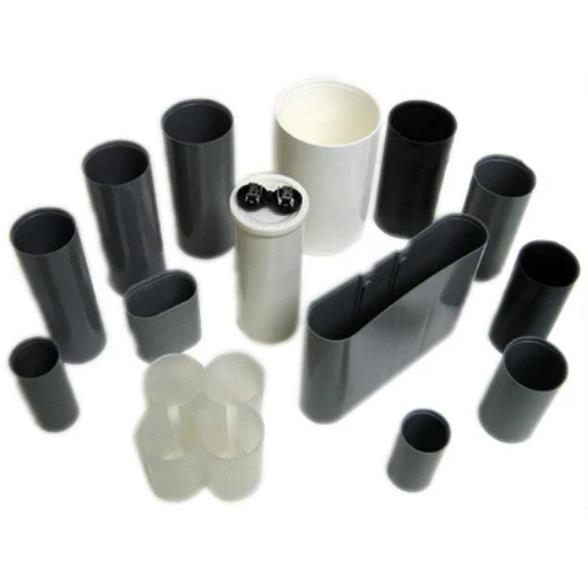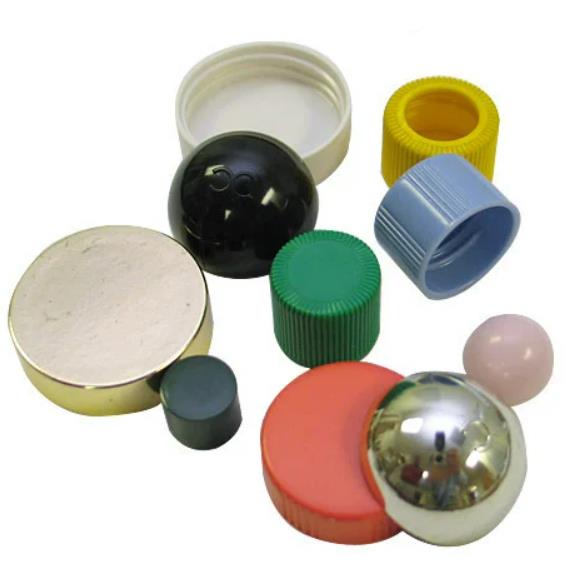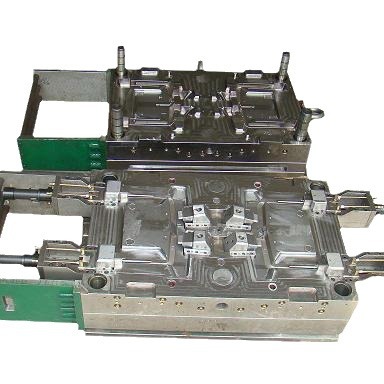Introduction
Injection Molding has become an integral part of modern manufacturing, playing a crucial role in producing a vast array of plastic products that we encounter in our daily lives. From the smallest components in electronic devices to large automotive parts, Injection Molding offers high - efficiency, precision, and cost - effectiveness for mass production.
However, to ensure the quality and functionality of the final products, it is essential to be able to identify the marks of Injection Molding. These marks can provide valuable insights into the manufacturing process, helping manufacturers detect potential defects, optimize production parameters, and maintain consistent product quality. By recognizing and understanding these marks, manufacturers can take proactive measures to address issues promptly, reducing waste, and improving overall production efficiency. In the following sections, we will explore various types of Injection Molding marks and how to identify them.
Common Marks in Injection Molding
Sink Marks
Sink marks are one of the most common defects in injection molding. They appear as small depressions or pits on the surface of the molded part. The main causes of sink marks are non - uniform wall thickness and different cooling rates during the molding process. For example, when a thick - walled section cools more slowly than the surrounding thinner areas, the material in the thick - walled section shrinks more, causing the surface to sink.
In a plastic toy with a thick handle and a thin body, the handle is more likely to have sink marks. As shown in Figure 1 below, the sink marks are clearly visible on the surface of the handle.
To identify sink marks, look for smooth, concave areas on the surface of the part. These areas are usually circular or oval in shape and are often located near thick - walled sections, bosses, or ribs. They can be easily detected by visual inspection under good lighting conditions. If the sink marks are not very obvious, running your finger over the surface can also help you feel the depressions.
Weld Lines
Weld lines, also known as knit lines, occur when two or more streams of molten plastic meet and fuse together in the mold cavity. During the injection molding process, the plastic melt flows through different channels in the mold and then converges. This convergence can happen around inserts, in complex - shaped cavities, or when there are multiple gates.
For instance, in a plastic housing with an internal partition, the plastic melt may flow from two different gates and meet at the partition, forming a weld line. Weld lines can have a negative impact on the product. They can reduce the mechanical strength of the part, making it more likely to break under stress. In terms of appearance, weld lines can be visible as a distinct line or a change in surface texture, which may affect the aesthetics of the product.
To identify weld lines, look for a linear mark on the surface of the molded part. The color and texture of the weld line area may be different from the surrounding material. Sometimes, the weld line may be slightly raised or depressed compared to the surface. Under magnification, you can observe the difference in the molecular orientation of the plastic at the weld line.
Flow Marks
Flow marks are streaks or lines on the surface of the injection - molded part that follow the flow direction of the molten plastic. They are mainly caused by uneven flow of the plastic melt during injection. This can be due to factors such as improper gate design, high injection speed, or low melt temperature.
For example, if the gate is too small, the plastic melt will experience high shear stress when passing through the gate, resulting in uneven flow and the formation of flow marks. As shown in Figure 3, flow marks can be clearly seen on the surface of a plastic container.
Flow marks are visually recognizable as parallel or wavy lines on the surface of the product. They are usually more prominent in areas near the gate or along the main flow path of the plastic melt. These marks can significantly affect the surface finish of the product, making it look less smooth and aesthetically pleasing.
Jetting Marks
Jetting marks occur when the molten plastic is injected into the mold cavity at a high speed. The high - velocity plastic jet hits the far - end wall of the mold cavity first and then spreads out, creating a pattern similar to the splashing of water. This phenomenon is more likely to happen when the injection speed is too high, the melt viscosity is low, or the gate size is small relative to the cavity size.
A schematic diagram of the formation of jetting marks is shown in Figure 4. The plastic melt shoots out from the gate (A) and hits the mold wall (B), then spreads in an irregular way (C), forming jetting marks.
To identify jetting marks, look for a circular or fan - shaped pattern of streaks on the surface of the part, usually starting from the gate area. These marks are often more concentrated near the gate and gradually become less obvious as the distance from the gate increases. The texture of the area with jetting marks is usually rougher than the surrounding surface, which can also be felt by hand.
Factors Affecting Injection Molding Marks
The properties of the plastic material used in injection molding, such as fluidity and shrinkage rate, have a significant impact on the formation of injection molding marks.
Fluidity: Different plastic materials have different fluidity levels. For example, polyethylene (PE) has relatively good fluidity, while polycarbonate (PC) has lower fluidity. High - fluidity materials can flow more easily in the mold cavity, reducing the likelihood of flow - related marks like flow marks and jetting marks. A study showed that when using a material with a melt flow index (MFI) of 20 g/10min (higher MFI indicates better fluidity), the occurrence rate of flow marks was only 10% in a certain injection - molding process. In contrast, when using a material with an MFI of 5 g/10min, the flow mark occurrence rate increased to 30%.
Shrinkage Rate: Materials with high shrinkage rates are more likely to cause sink marks. For instance, polypropylene (PP) has a relatively high shrinkage rate, usually around 1% - 2%. When molding a thick - walled PP product, if the cooling is not uniform, significant sink marks may appear. In a case of manufacturing a PP storage box, due to the uneven cooling of the thick bottom part, sink marks with a depth of up to 0.5 mm were observed, which seriously affected the appearance and quality of the product.
Injection molding parameters, including temperature, pressure, and speed, play a crucial role in the formation of marks. The following table shows the impact of different parameter settings on injection molding marks:
| Parameter | Low Setting | High Setting | Impact on Marks |
| Temperature (Melt) | 180°C for ABS | 240°C for ABS | At a low temperature, the melt viscosity is high, increasing the likelihood of flow marks and weld lines. High temperature can reduce viscosity, but if too high, it may cause material degradation and discoloration, and also increase the risk of jetting marks. |
| Pressure (Injection) | 50 MPa | 100 MPa | Low injection pressure may lead to incomplete filling and the formation of weld lines due to slow - moving melt fronts. High pressure can cause flash and increase the stress in the part, potentially leading to warping and sink marks in some cases. |
| Speed (Injection) | 30 mm/s | 80 mm/s | Slow injection speed can result in flow marks and weld lines as the melt may cool unevenly during filling. Fast injection speed may cause jetting marks and poor mold 排气,leading to trapped gas marks. |
The design of the mold, especially the gate location and the runner system, has a direct impact on the flow of the molten plastic and the formation of marks.
Gate Location: The gate is the entrance through which the molten plastic enters the mold cavity. If the gate is located in an improper position, it can cause uneven flow of the plastic melt, leading to the formation of various marks. For example, if the gate is placed too far from a thin - walled area, the plastic may have difficulty reaching that area, resulting in incomplete filling and the formation of weld lines. In the mold design shown in Figure 5, the original gate position (A) caused significant flow marks and weld lines in the complex - shaped part. After optimizing the gate position to (B), the flow of the plastic melt became more uniform, and the marks were greatly reduced.
Runner System: A well - designed runner system can ensure that the plastic melt is evenly distributed to all parts of the mold cavity. A poorly designed runner system, such as having a narrow or uneven - diameter runner, can cause the melt to experience different flow resistances, leading to flow marks and inconsistent product quality. For instance, if the runner diameter gradually decreases along the flow path, the plastic melt will experience higher shear stress, which may cause the melt to over - heat in some areas and form flow marks. By optimizing the runner system to have a consistent diameter and smooth transitions, as shown in Figure 6, the flow of the plastic melt can be improved, reducing the formation of marks.
Yigu Technology's Viewpoint
At Yigu Technology, as a non - standard plastic metal products custom supplier, we fully understand the significance of identifying Injection Molding marks. These marks are like a "health report" of the production process, and accurate identification is the key to ensuring high - quality production.
In our long - term production practice, we have accumulated rich experience in identifying and dealing with various injection molding marks. For sink marks, we focus on optimizing the wall thickness design of the product during the mold design stage to ensure uniform cooling. By using simulation software, we can predict the cooling rate of different parts in advance and make corresponding adjustments.
When it comes to weld lines, we optimize the gate location and the flow path of the plastic melt in the mold. Through multiple tests and adjustments, we ensure that the plastic melt converges smoothly, reducing the negative impact of weld lines on product quality.
For flow marks and jetting marks, we mainly adjust the injection molding process parameters. We carefully control the injection speed, melt temperature, and pressure to make the plastic melt flow evenly in the mold cavity.
In short, identifying Injection Molding marks is an essential part of our production process. By continuously improving our ability to identify and solve problems related to these marks, we can provide customers with higher - quality non - standard plastic metal products.
FAQ
Q1: What are the common causes of sink marks in injection molding?
Sink marks in injection molding are typically caused by non - uniform wall thickness in the molded part. When there are thick - walled sections, these areas cool more slowly than thinner parts. As the material cools and solidifies, the thicker sections shrink more, leading to the formation of sink marks. Another cause is an improper cooling system. If the cooling rate is not consistent across the part, it can also result in differential shrinkage and sink marks. To solve this, optimize the part design to have more uniform wall thickness. Additionally, adjust the cooling system to ensure even cooling, such as by adding more cooling channels in thick - walled areas.
Q2: How can I reduce the appearance of weld lines in my injection - molded parts?
To reduce the appearance of weld lines, you can start by adjusting the gate position. Placing the gate in a location that allows for more uniform plastic melt flow can minimize the formation of weld lines. For example, if the part has a complex shape, analyze the flow pattern and position the gate to ensure that the plastic melt converges smoothly. Increasing the injection temperature can also be effective. A higher melt temperature makes the plastic more fluid, allowing the two or more streams of plastic to fuse better when they meet, reducing the visibility of the weld line. In a case of manufacturing a plastic automotive interior part, by increasing the injection temperature from 200°C to 220°C and optimizing the gate position, the visibility of weld lines was significantly reduced, improving the overall aesthetics of the part.
Q3: Can flow marks be completely eliminated in injection molding?
Flow marks are difficult to completely eliminate in injection molding because they are inherent to the plastic flow process. However, their appearance can be greatly reduced. One way is to optimize the mold design. For example, design a proper gate size and shape to ensure a smooth flow of the plastic melt. A well - designed runner system also helps in maintaining a consistent flow rate. Adjusting the injection parameters is also crucial. Lowering the injection speed can prevent the plastic from flowing too fast and causing uneven flow patterns. Additionally, increasing the mold temperature can enhance the plastic's fluidity, reducing the likelihood of flow marks.
